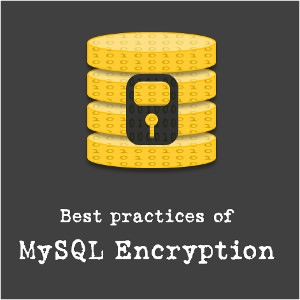Getting Started with HBase: The Hadoop Database

Pluralsight
Course Summary
As the data you store expands in size, traditional relational databases may no longer work. HBase has the ability to deal with billions of rows of data and each record can contains millions of fields. This course will help you get started with HBase.
-
+
Course Description
Billions of records with millions of fields of semi-structured, unformatted data is the reality of the kind of data we are storing today. Traditional databases are bound by strict data layout requirements and constraints that, unfortunately, do not scale to meet big data requirements. HBase reimagines how data can be stored in a distributed system. This course, Getting Started with HBase: The Hadoop Database, teaches you how to use HBase from the start to finish. First, you'll learn how to design and layout data in a columnar format in order to optimize disk seeks and reduce read latency. Next, you'll learn how to manipulate and access this data using the command line HBase shell as well as the HBase Java API. Finally, you'll learn to process this data by performing complex aggregation and grouping operations using the MapReduce programming model with HBase. By the end of this course, you'll be ready to start making your data much more manageable using HBase.
-
+
Course Syllabus
Course Overview- 1m 36s
—Course Overview 1m 36sIntroducing HBase- 40m 17s
—The Need for Big Data Processing 4m 47s
—Why Do We Need a Database? 4m 38s
—The Limitations of Hadoop 6m 10s
—HBase: A Columnar Store 7m 58s
—HBase: Denormalized Storage 3m 58s
—HBase: CRUD Operations and Row Level ACID Compliance 4m 44s
—Install and Set up HBase 7m 59sExecuting CRUD Operations Using the HBase Shell- 26m 3sExecuting CRUD Operations Using the HBase Java API- 29m 38sFiltering Rows Based on Conditions- 20m 47sIntegrating MapReduce with HBase- 41m 17s





